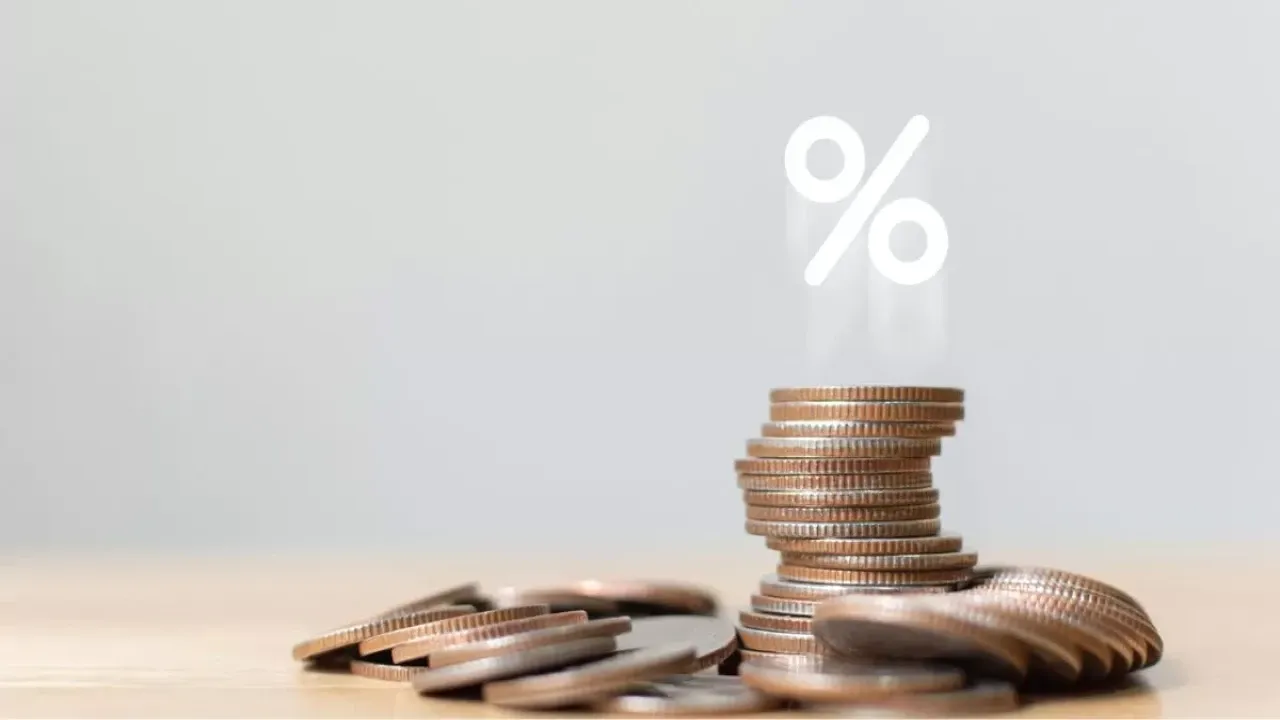Weddings are beautiful, but they can also be expensive. The average wedding cost can run into the tens of thousands of dollars, and for many couples, this means borrowing money to make their dream celebration come true.
If you’re planning to take out a wedding loan, understanding the interest rates offered by different banks is essential. Interest rates can significantly impact how much you’ll pay over the life of the loan, so it’s vital to shop around.
Here’s a guide on how to compare wedding loan interest rates in different banks and make the best financial decision for your special day.
1. Understand the Types of Wedding Loans
Before diving into interest rates, it’s important to know what kind of loan you need. Typically, wedding loans are personal loans, and they come in two main forms:
- Secured Loans: These loans require collateral, such as your home or car. Because they’re less risky for the lender, secured loans often have lower interest rates. However, if you default on the loan, you risk losing the collateral.
- Unsecured Loans: These loans don’t require any collateral, but since they’re riskier for the lender, they tend to come with higher interest rates.
For most people, unsecured loans are more convenient, but comparing the rates and terms is crucial to finding the most affordable option.
2. Know Your Credit Score
Your credit score plays a big role in determining the interest rates you’re offered by banks. Lenders use it to assess your creditworthiness—essentially, how likely you are to repay the loan. The better your credit score, the more favorable your interest rate will likely be.
- Excellent Credit (750 and above): You may qualify for the lowest rates available.
- Good Credit (700-749): You’ll likely receive competitive rates, though they may be slightly higher than those offered to people with excellent credit.
- Fair Credit (650-699): Expect higher rates as lenders may see you as a higher-risk borrower.
- Poor Credit (below 650): It might be difficult to qualify for loans, and if you do, expect high interest rates.
To get the best possible interest rate, check your credit score before applying for a loan. If it’s low, you might want to take time to improve it before applying, or consider a co-signer who has better credit.
3. Shop Around and Compare Offers
Once you know the type of loan you’re looking for and have an idea of your credit score, it’s time to start comparing interest rates from different banks. Don’t just settle for the first offer you come across—rates can vary widely from one lender to another. Here’s how you can shop around effectively:
- Research Online: Many banks and financial institutions post their interest rates and loan terms on their websites. Use comparison websites or calculators to quickly compare loan rates from various lenders.
- Visit Local Banks and Credit Unions: Sometimes local financial institutions may offer better rates, especially if you’re a member or customer. Credit unions often provide lower rates than larger banks because they’re nonprofit organizations.
- Check Peer-to-Peer Lending Platforms: Online lenders such as peer-to-peer lending platforms might offer more flexible loan terms and competitive interest rates, depending on your credit profile.
4. Understand the Annual Percentage Rate (APR)
When comparing loan interest rates, it’s essential to look at the APR—the Annual Percentage Rate. The APR includes not only the interest rate but also any additional fees or costs associated with the loan, such as origination fees, closing costs, or application fees.
A low-interest loan with high fees can end up costing you more in the long run than a loan with a slightly higher interest rate and no extra charges.
Always ask for a detailed breakdown of the APR before making a decision.
5. Loan Terms Matter
While comparing interest rates is crucial, don’t overlook the loan term (the length of time you have to repay the loan). Typically, wedding loans range from 1 to 7 years.
A shorter loan term may come with a lower interest rate, but your monthly payments will be higher. On the other hand, a longer-term loan will lower your monthly payments but increase the total interest you pay over time.
Find a balance between the loan term and interest rate that fits your budget. For example, if you can afford higher monthly payments, a shorter term loan with a lower rate could save you money in the long run.
6. Watch Out for Hidden Fees
Even if a bank offers a seemingly low-interest rate, be sure to inquire about any additional fees that could increase your overall loan cost. Some common fees include:
- Origination Fees: A one-time charge to process the loan.
- Prepayment Penalties: Fees for paying off the loan early.
- Late Fees: Charges for missing a payment.
Always ask the lender for a clear explanation of any potential fees so you can calculate the total cost of the loan.
7. Consider Your Loan Repayment Ability
While it’s tempting to take out a large wedding loan, it’s important to consider your future ability to repay it. Make sure that your monthly loan payments won’t stretch your finances too thin after the wedding.
Create a realistic budget to ensure you’re not over-borrowing and can comfortably repay the loan without impacting your other financial goals.
Final Thoughts
Comparing wedding loan interest rates from different banks is a crucial step in ensuring that you don’t pay more than necessary for your dream wedding.
By doing your research, understanding your credit score, and considering loan terms and fees, you’ll be able to make an informed decision that allows you to celebrate your special day without burdening your financial future.









